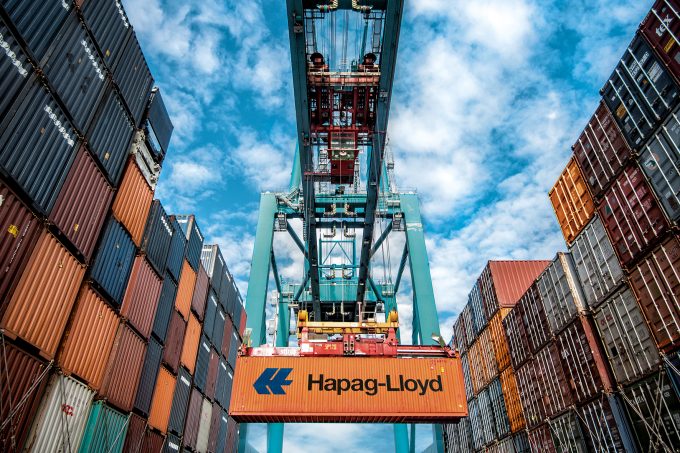Opposition to ACCC green light for DP World takeover of Silk Logistics
Australian shippers and forwarders have reacted with disappointment to the country’s competition regulators giving the ...

According to its preliminary annual result, incorporating seven months of merged UASC business, Hapag-Lloyd achieved an operating result (ebit) of $464m in 2017, compared with just $140m the year before.
And at ebitda (earnings before interest, tax, depreciation and amortisation) level, the company’s result almost doubled, from $671m ...

Comment on this article